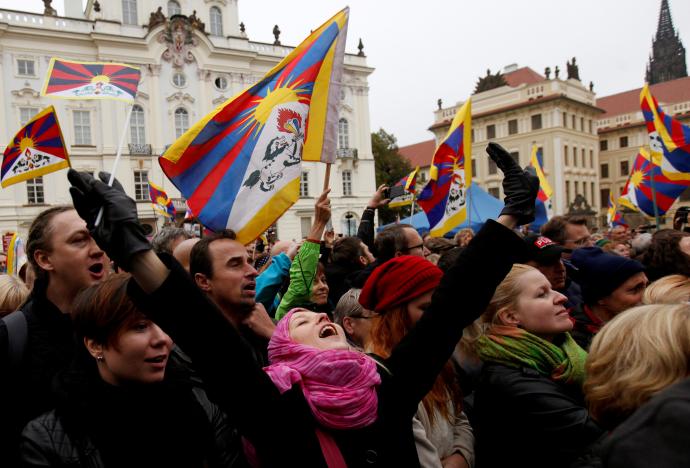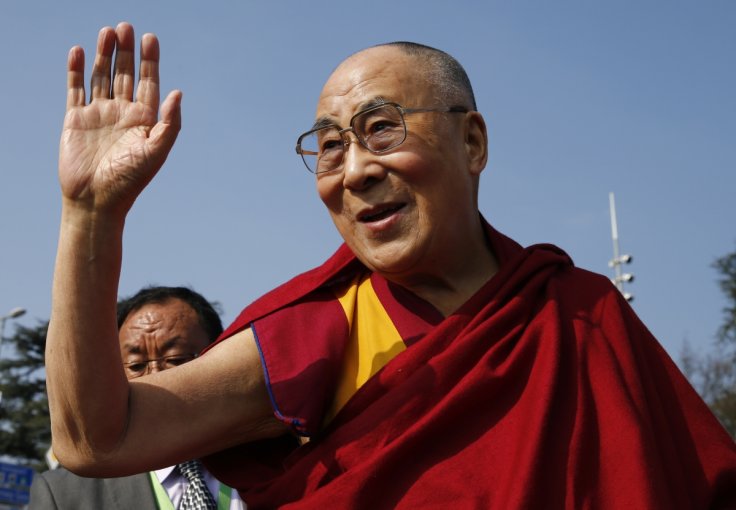Yet another Tibetan man has self-immolated in protest against Chia's stranglehold on the region. The radio Free Asia reported that as many as 160 Tibetans have set themselves on fire and died since 2009 in protest against the Chinese rule. Self-immolation was taken up widely by the Tibetans as a means of protest since 2009.
The Tibetan who died this week is an 81-year-old man, who set himself on fire at a police station near a major monastery in the western Chinese province of Sichuan, RFA reported.
Kirti Monastery
"On the 27th of March, around 5 o'clock in the morning, 81-year-old Taphun self-immolated in front of a police station near Kirti Monastery in a protest against the Chinese government's oppression," a spokesman at the headquarters of the Tibetan government in exile told the news outlet. The Tibetan government in exile under the leadership of the Dalai Lama is based in India's Dharamsala.

"He was immediately taken away by the Chinese police. Though it's been a few days since we learned about this incident, now it is confirmed that he has passed away," the spokesman added.
Kirti is a 550-year-old monastery, situated in Tibetan Autonomous Prefecture in Sichuan Province of China. The place where Taphun self-immolated is in front of the police station that is right outside Kirti Monastery's entrance, the spokesperson said. "March is usually a very sensitive month for Tibetans and we have often seen many Tibetans in Ngaba self-immolate in the past," he added.
Tibetan Uprising Day
During this time of the year, Tibetans in Sichuan experience more restrictions and police presence in their areas. Arbitrary interrogations by the Chinese police are also rampant during this time of the year.
This is because March 10 is observed as Tibetan Uprising Day. It was on March 10, 1959, that an armed rebellion against Chinese rule was brutally suppressed by Beijing.
Around the same date as the self-immolation of the elderly man, another man known as Tsering had attempted death by fire in front of a Chinese police station near a Buddhist monastery in Kyegudo.

The Tibetans in the autonomous region have been carrying on with their ever so weak protest against the Chinese rule, which started in 1950 following the Chinese invasion of an independent Tibetan Buddhist nation.
Scores of Tibetans, including monks and nuns, have set themselves ablaze protesting against the Chinese repression.
China say the movement for Tibetan freedom and the Dalai Lama's return from India are terror activities. While Dalai Lama says he wants only genuine autonomy for the Himalayan homeland, Beijing calls him 'splittist'. China's Communist party forces annexed Tibet in 1950. The Dalai Lama fled the country after an abortive attempt against Chinese rule in 1959.









